Introduction
At least one-third of people will report having problems with sleep. Furthermore, very few will get the recommended amount of sleep, 7-8 hours, depending on gender. Sleep Apps are increasingly popular as people aim to measure their sleep.
How do these sleep apps work?
Sleep apps fall broadly into three categories:
Smartphone alone (using sound such as coughing, talking, breathing, snoring)
Smartphone + Smartwatch (the above + heart rate)
Apps connected to sleep studies machines (polysomnography)
Are sleep apps accurate?
The gold standard for testing sleep is called polysomnography or PSG. During formal sleep studies, the following are measured:
- Brain (EEG waves)
- Muscles (EMG for muscle movement)
- Eye movement
- Heart (ECG)
- Oxygen saturation and breathing rate
Many commercially available sleep apps have not been directly compared against the gold standard; and so it is unclear whether the information they provide is accurate.
Studies have shown though:
Wristbands are generally good at detecting sleep onset but less accurate on sleep states (light and deep) compared with PSG
Oura ring, which measure heart rate, matched PSG on sleep onset, time to sleep but less on sleep states (50-60% correlation) and only 48% specific on detecting waking.
Oura ring has another benefit of being able to detect heart rate variability.
Most sleep apps have not been compared against polysomnography in RCTs. Studies have shown though that sleep, as detected on a wristwatch and app combination, were associated with some adverse health conditions, such as asthma or after dialysis, suggesting that some metrics are able to be picked up.
It is likely that most wristband, wristwatch or rings that have the ability to detect heart rate will be able to detect sleep onset, but it is less clear how accurately they can measure the sleep quality such as deep, light and REM at this stage.

